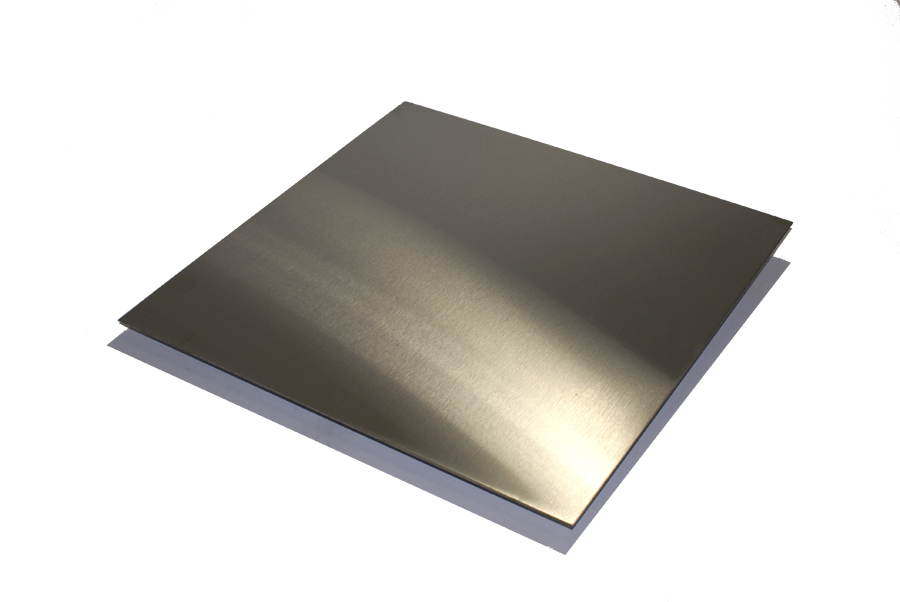| ASTM Designation | EN Designation |
|---|---|
| 316L | 1.4304 |
| S31603 | X2CrNiMo17-12-2 |
Designation:
ASTM (American Society for Testing and Materials) assigns the 316L designation to this stainless low-carbon steel grade. Its ability to withstand high humidity, salt exposure, and temperature fluctuations makes it ideal for applications in marine environments, cold climates, and areas subject to harsh weathering.
EN (European Norm) assigns the designation 1.4304 is the EN numerical designation for 316L stainless steel. It aligns closely with ASTM 316L and describes the same alloy but according to European conventions.
Chemical/Standard Names:
S31603: This is the Unified Numbering System (UNS) designation for 316L stainless steel, used for consistent identification across standards and industries.
X2CrNiMo17-12-2: This is the European material designation under EN standards:
- X: Stainless steel.
- 2: Refers to the low carbon content (~0.02%–0.03%, aligning with the “L”).
- CrNiMo: The primary alloying elements: chromium (Cr), nickel (Ni), and molybdenum (Mo).
- 17-12-2: Represents the approximate percentages of these elements:
- 17% chromium: Provides corrosion and oxidation resistance.
- 12% nickel: Improves toughness, ductility, and further enhances corrosion resistance.
- 2% molybdenum: Adds resistance to pitting and crevice corrosion, especially in chloride environments.
Chemical Composition
| C | Si | Mn | P | S | Cr | Ni | Mo |
|---|---|---|---|---|---|---|---|
| ≤ 0.030 | ≤ 0.75 | ≤ 2.00 | ≤ 0.045 | ≤ 0.015 | 16.00 – 18.00 | 10.00 – 14.00 | 2.00 – 3.00 |
Elements and Their Roles:
- C (Carbon) ≤ 0.030%
Low carbon content helps prevent sensitization (a type of corrosion that occurs at weld joints). This improves the material’s resistance to intergranular corrosion.
- Si (Silicon) ≤ 0.75%
Silicon improves oxidation resistance and enhances strength at high temperatures. It also aids in the steel production process by removing oxygen from molten steel.
- Mn (Manganese) ≤ 2.00%
Manganese contributes to the material’s toughness and strength. It also enhances resistance to wear and assists in the steel’s deoxidation during manufacturing.
- P (Phosphorus) ≤ 0.045%
Phosphorus increases strength and machinability but is kept low because excess phosphorus can reduce ductility and increase brittleness.
- S (Sulfur) ≤ 0.015%
Sulfur improves machinability but is carefully controlled because higher levels can reduce toughness and corrosion resistance.
- Cr (Chromium) 16.00–18.00%
Chromium is the key element in stainless steel that forms a passive chromium oxide layer, providing excellent corrosion and oxidation resistance.
- Ni (Nickel) 10.00–14.00%
Nickel enhances corrosion resistance, especially in acidic environments, and improves the material’s toughness, ductility, and overall strength.
- Mo (Molybdenum) 2.00–3.00%
Molybdenum provides enhanced corrosion resistance, particularly in environments with chlorides or other harsh conditions. It is a distinguishing feature of grades like 316 stainless steel, making it more resistant to pitting and crevice corrosion than 304 stainless steel.
Corrosion Resistance
316L Stainless Steel exhibits corrosion rates lower than 0.10 mm/year when in contact with the following media:
- 20% phosphoric acid at boiling temperature
- 20% sulphuric acid at room temperature
- 60% tartaric acid at 175°F
- 50% acetic acid at boiling temperatures
- 100% formic acid at 140°F
- Beer
- Milk
- 100% oleic acid at 350°F
- Petrol
Pitting Corrosion
316L Stainless Steel can be used in contact with solutions up to 1000 ppm of chloride ions.
Chlorides (such as those in salt or seawater) are common causes of pitting corrosion in stainless steel. It is a critical factor when selecting materials for environments exposed to salty or chloride-containing conditions.
This enhanced resistance makes 316L ideal for moderately to highly corrosive conditions, such as marine environments or areas exposed to saltwater and de-icing salts, where 304 may not perform as effectively.
High Temperature Oxidation Resistance
The maximum service temperature in continuous application is 1675°F. For intermittent thermal cycles, the maximum service temperature is 1600°F
Specifications
316L Stainless Steel is approved in compliance with: PED (Pressure Equipment Directive) according to EN 10028-7 and AD 2000 Merkblatt W2 and W10
PED (Pressure Equipment Directive) DGRL:
- The Pressure Equipment Directive (PED) is a European Union regulation that sets safety standards for the design, manufacturing, and testing of pressure equipment.
EN 10028-7:
- This is a European standard that specifies technical delivery conditions for stainless steels used in pressure equipment. 304 Stainless Steel meets the mechanical and chemical properties outlined in this standard, ensuring its suitability for pressure environments.
AD 2000 Merkblatt W2 and W10:
- AD 2000: German set of technical rules used in designing and fabricating pressure equipment.
- W2: Specifies requirements for materials in pressure vessels, particularly those exposed to temperatures where corrosion or stress resistance is critical.
- W10: Focuses on materials that can withstand low temperatures, ensuring toughness and performance in cryogenic or cold conditions.
What This Means for 316L Stainless Steel:
- Durability
316L offers exceptional resistance to corrosion, including pitting and crevice corrosion, making it highly reliable in outdoor environments exposed to rain, salt spray, and humidity. - Versatility
Suitable for a wide range of outdoor applications, including marine environments, architectural structures, and outdoor kitchens, where exposure to harsh weather and chemicals is common. - Longevity
Its superior performance under extreme conditions ensures a long service life, even in areas with fluctuating temperatures or high chloride levels.
These properties make 316L stainless steel an ideal material for outdoor use, providing unmatched durability and resistance to the elements.
Resources and References: ASTM International Northern American Steel | Northern American Steel | Stainless Supply

